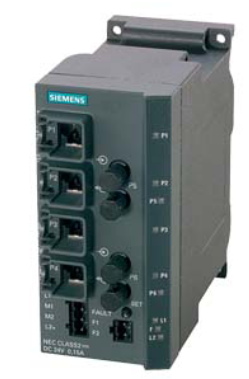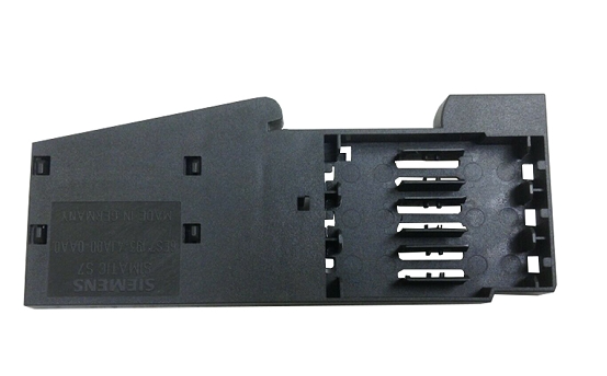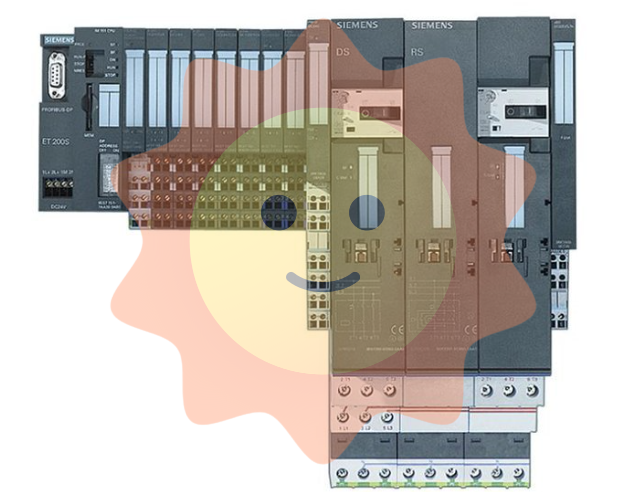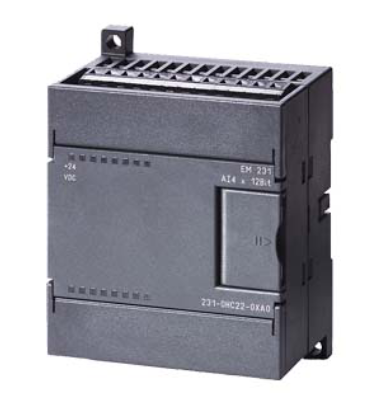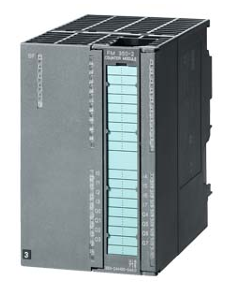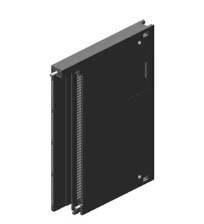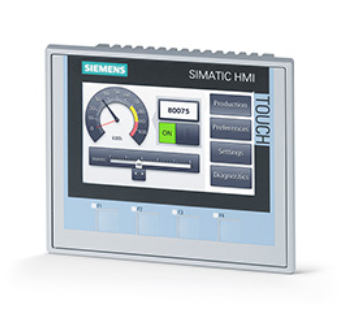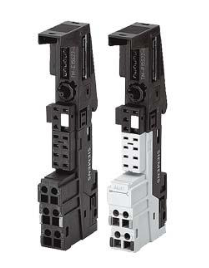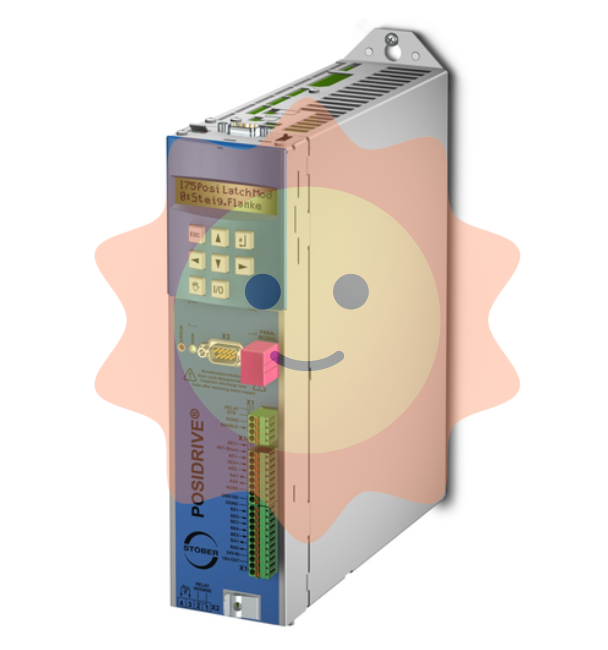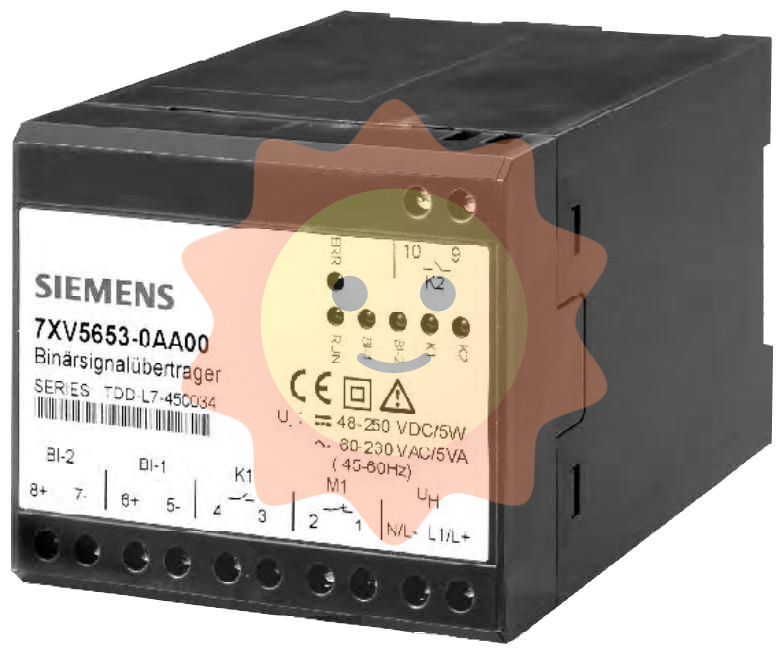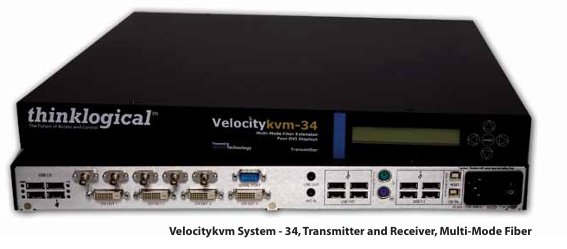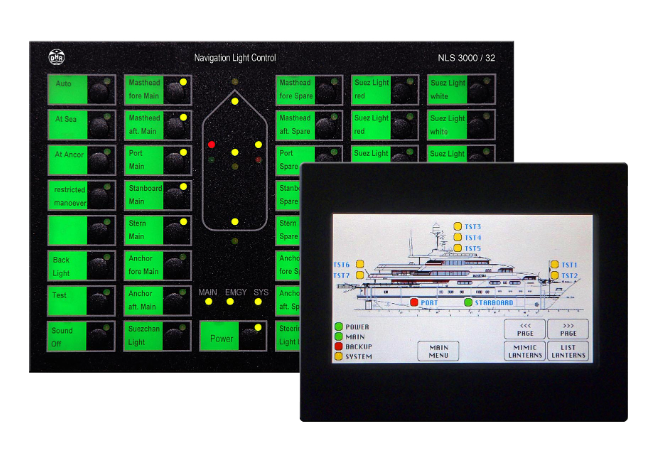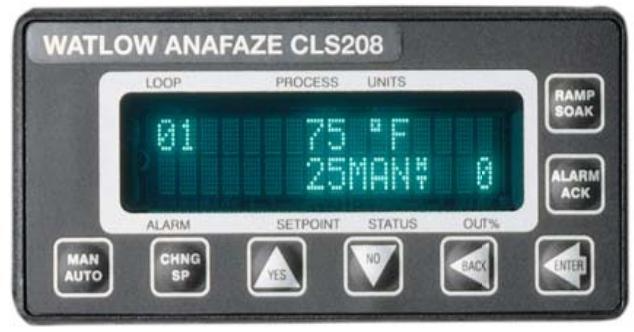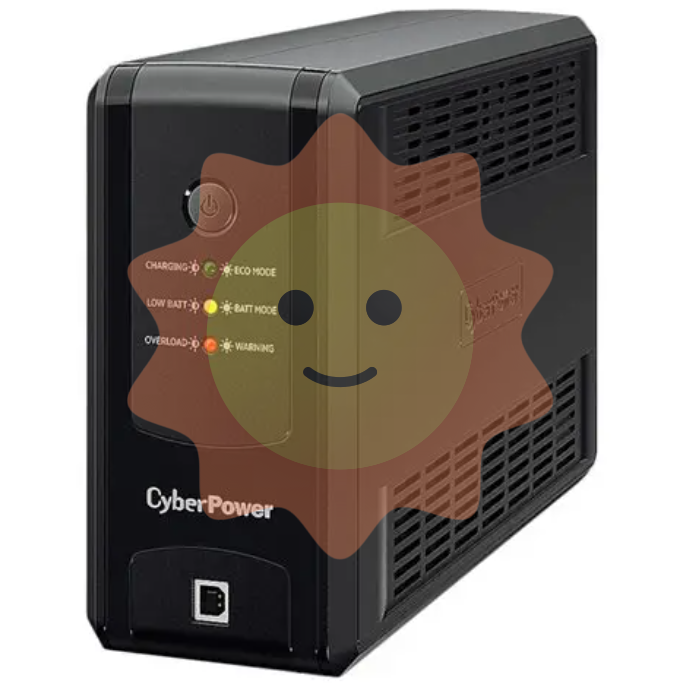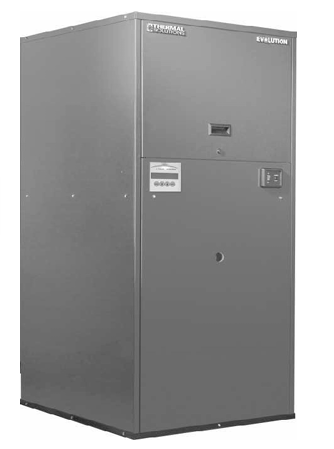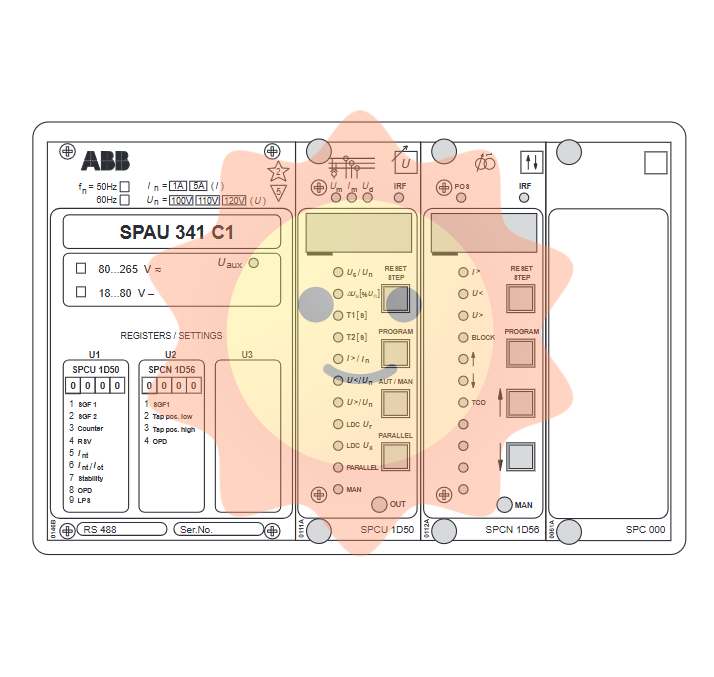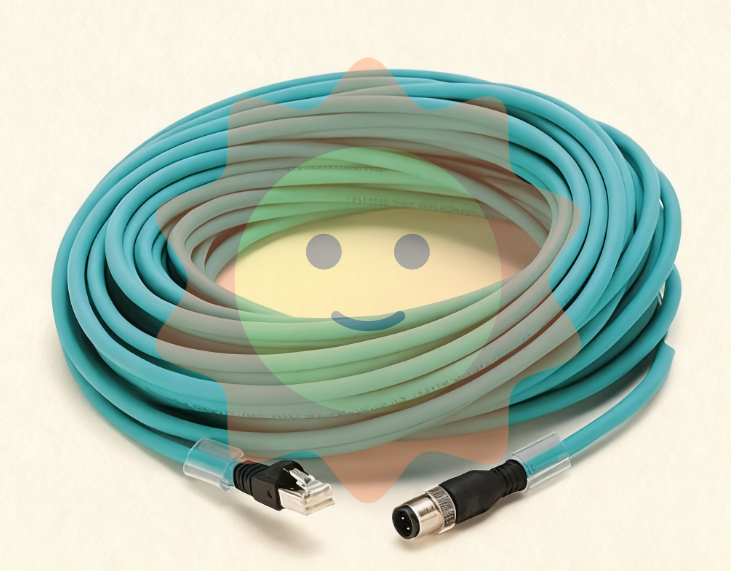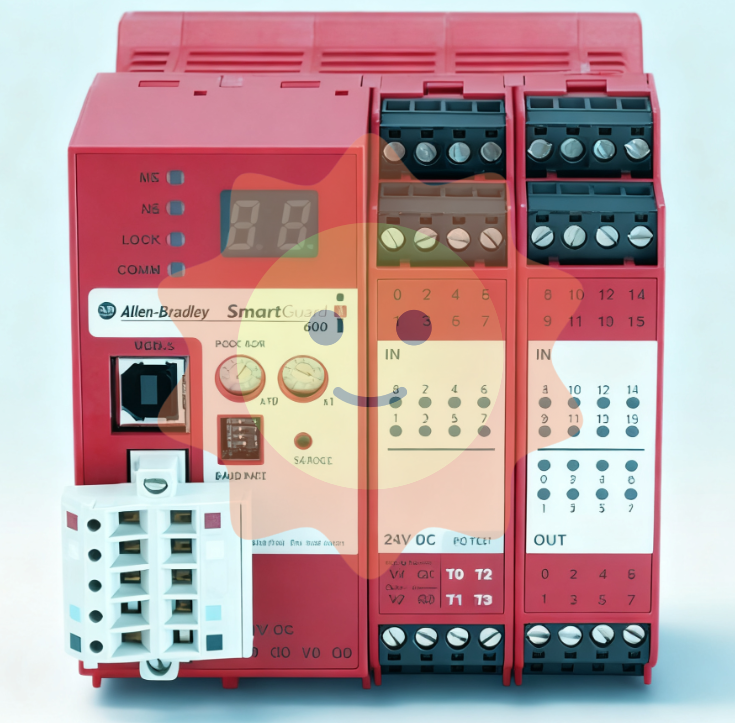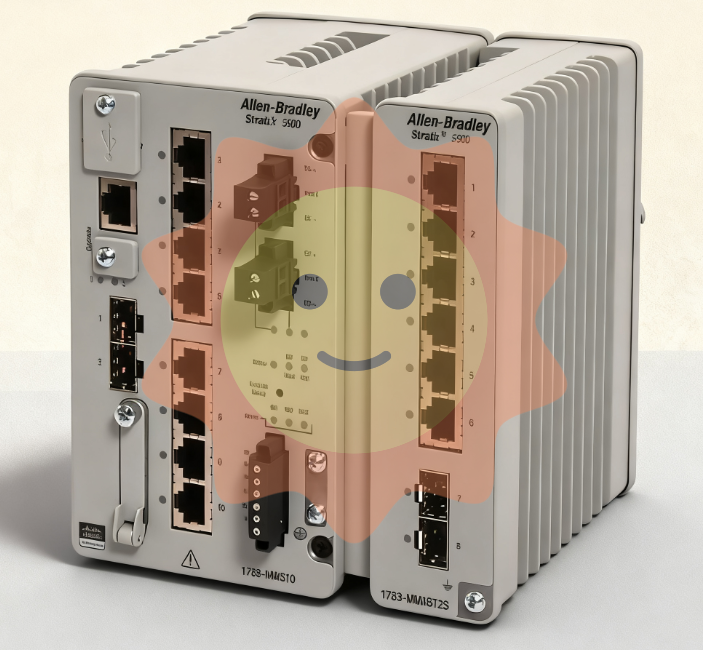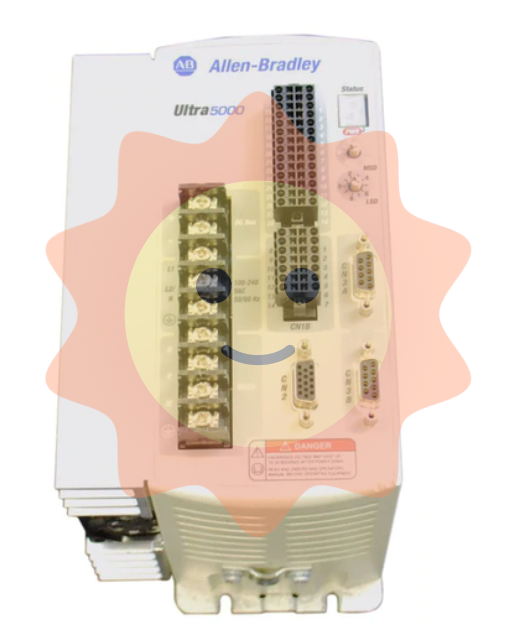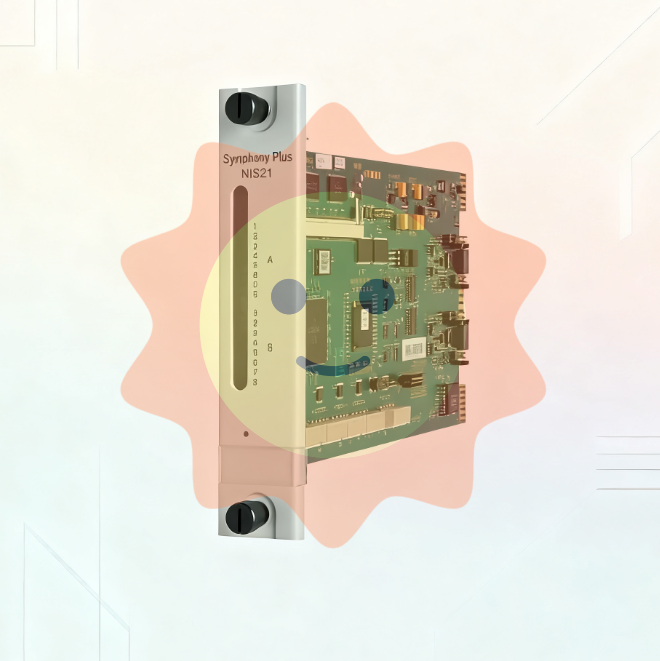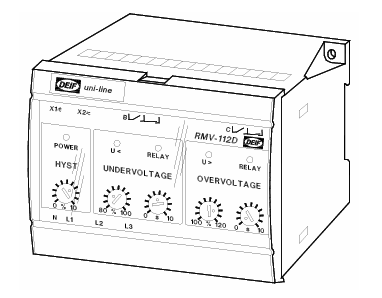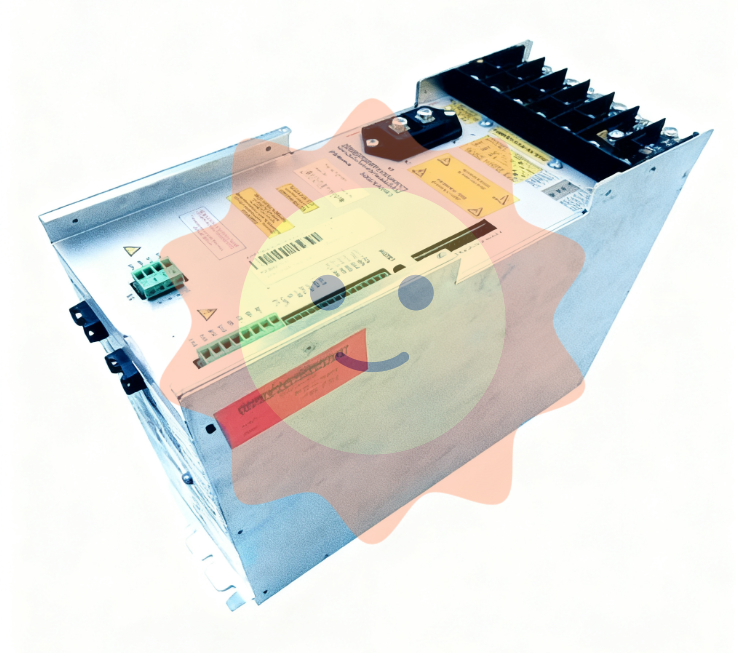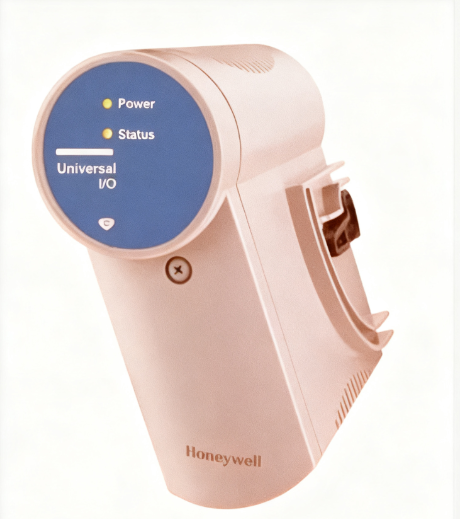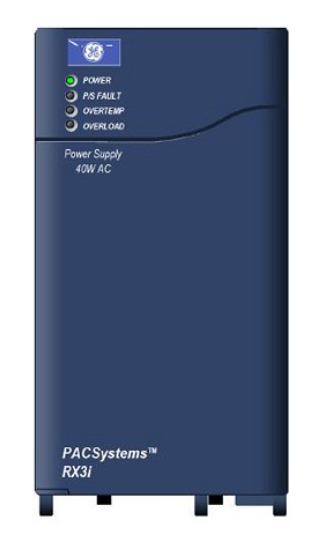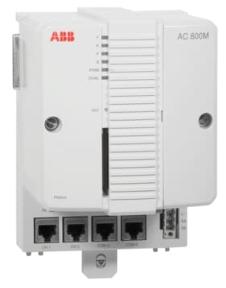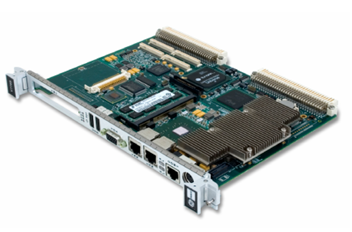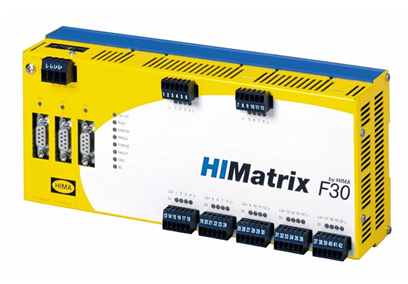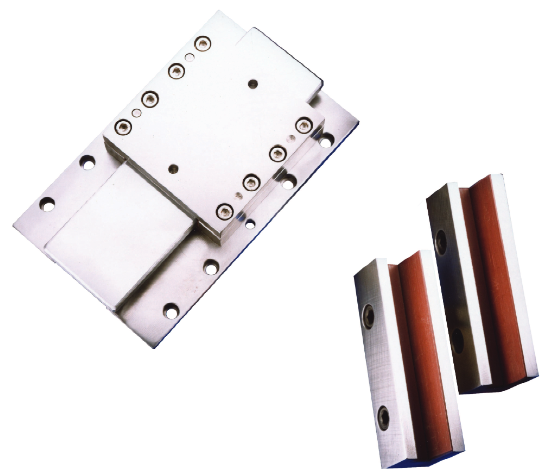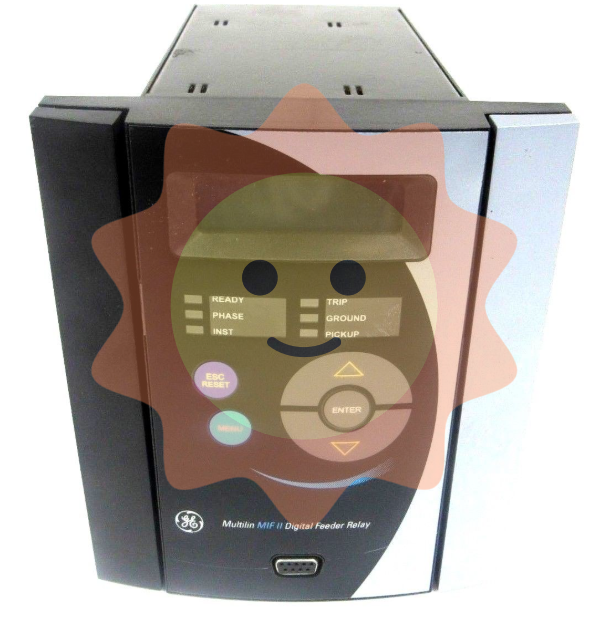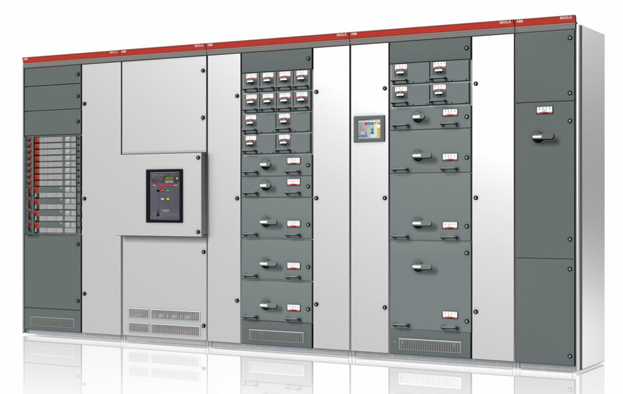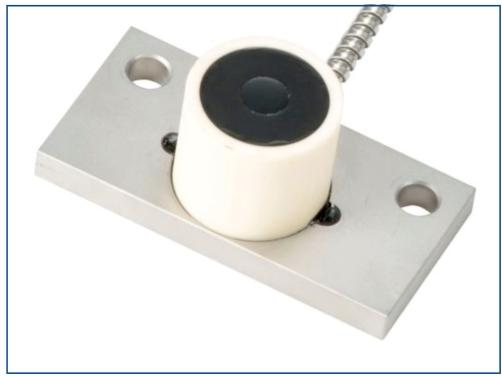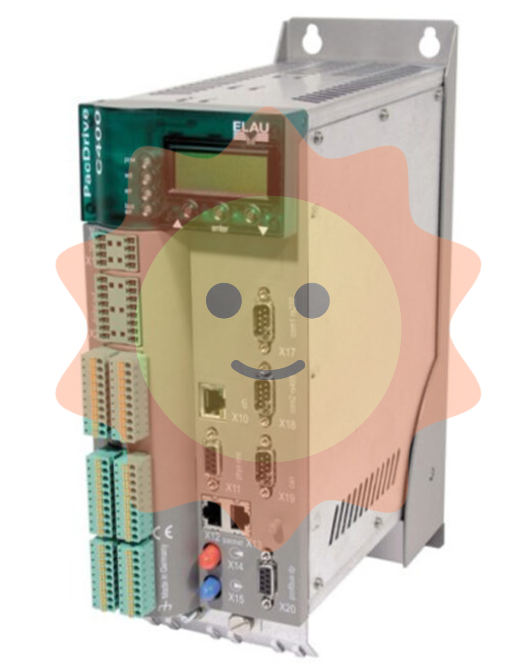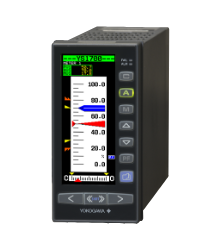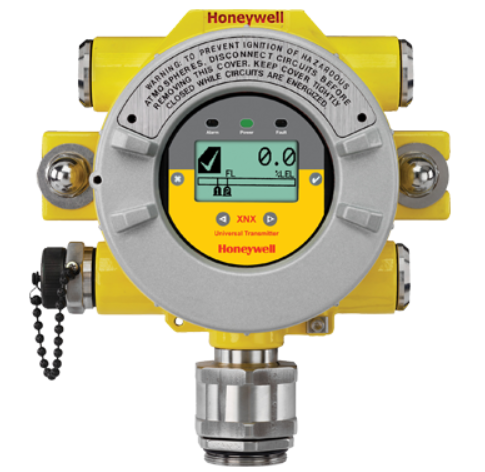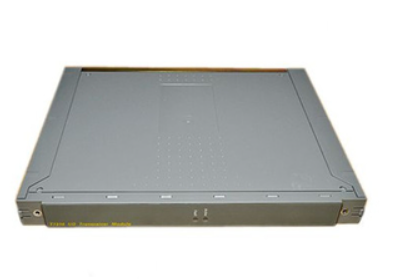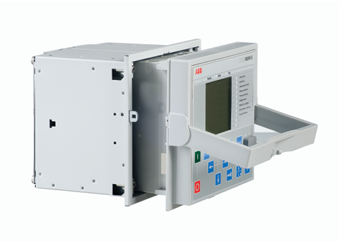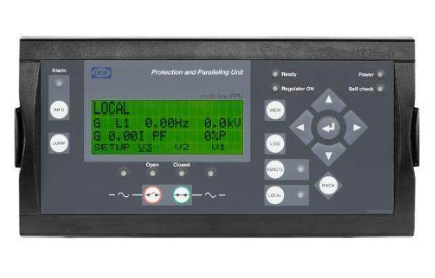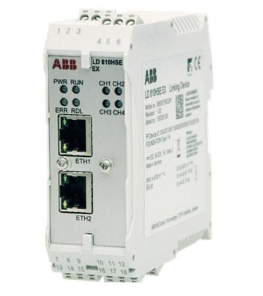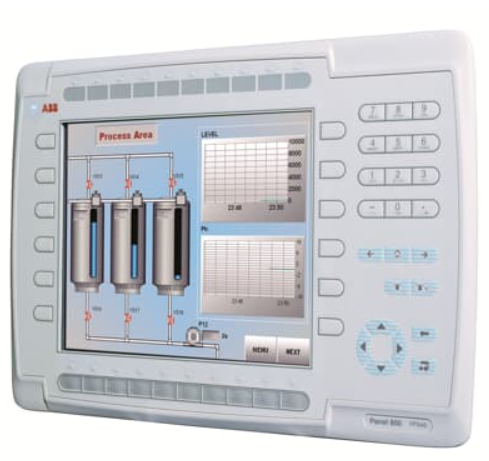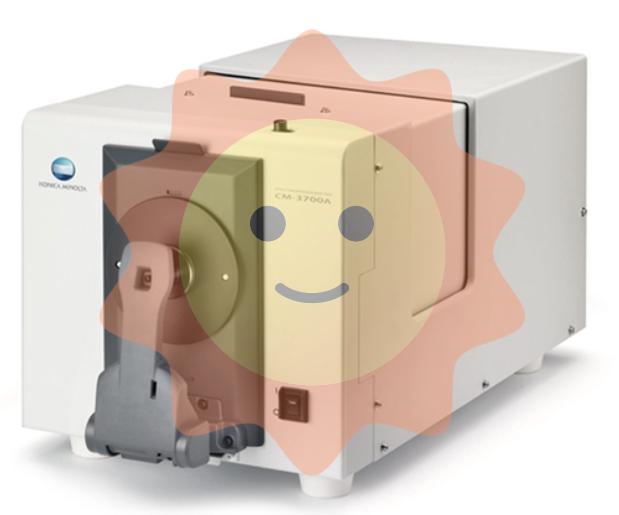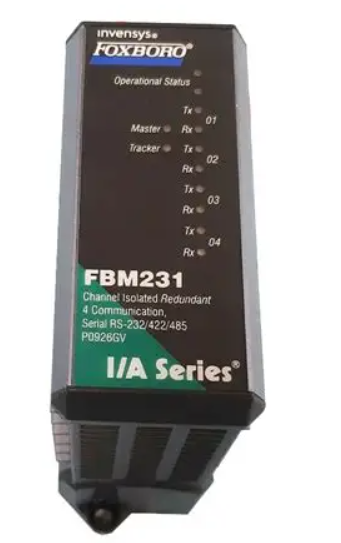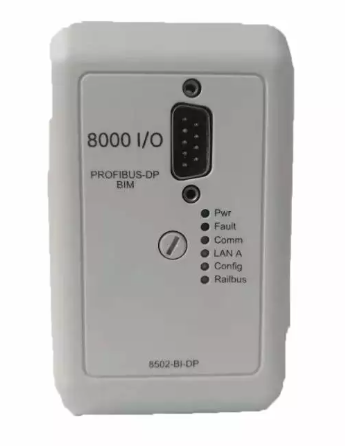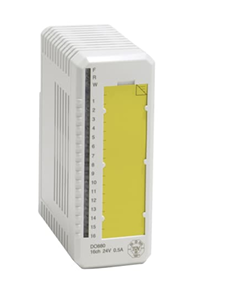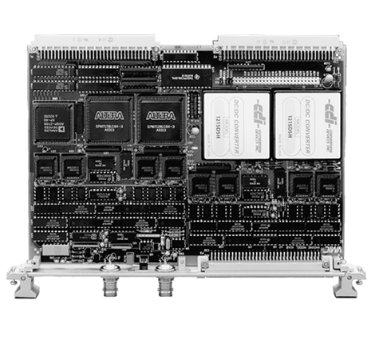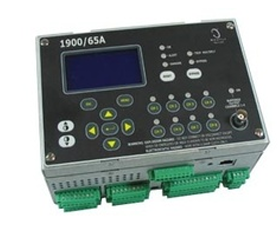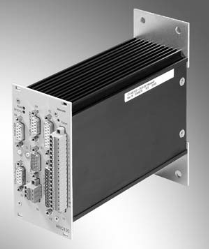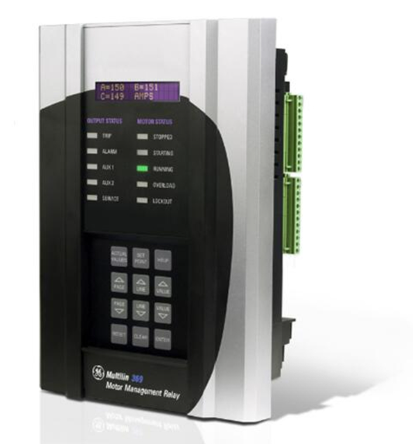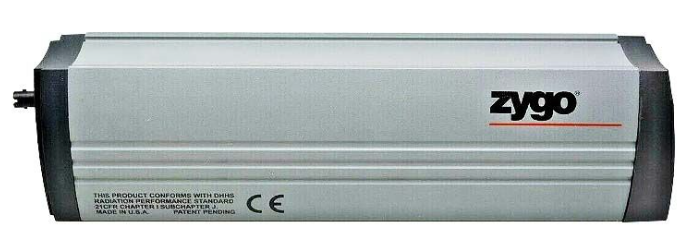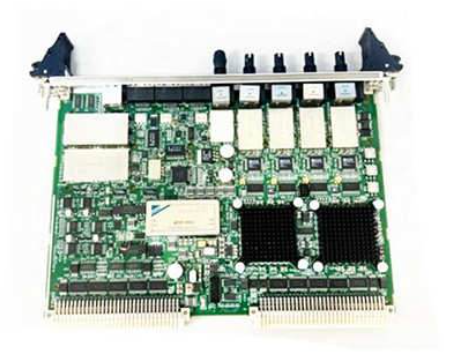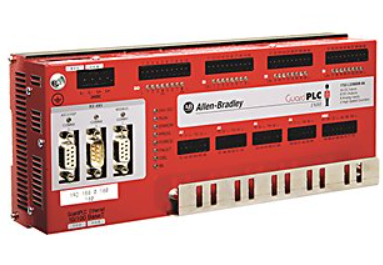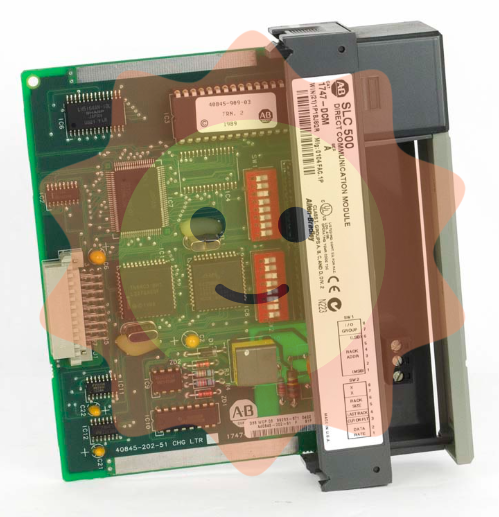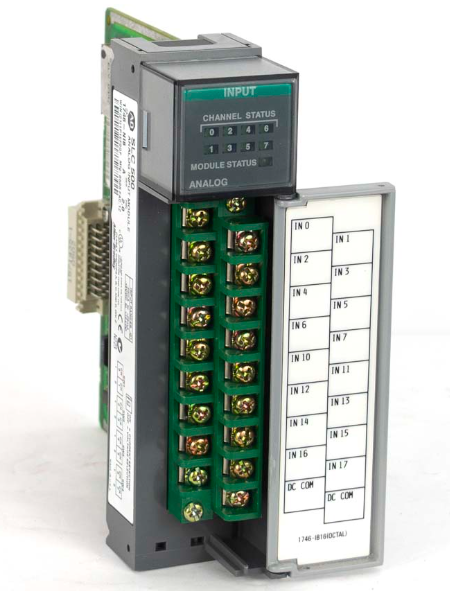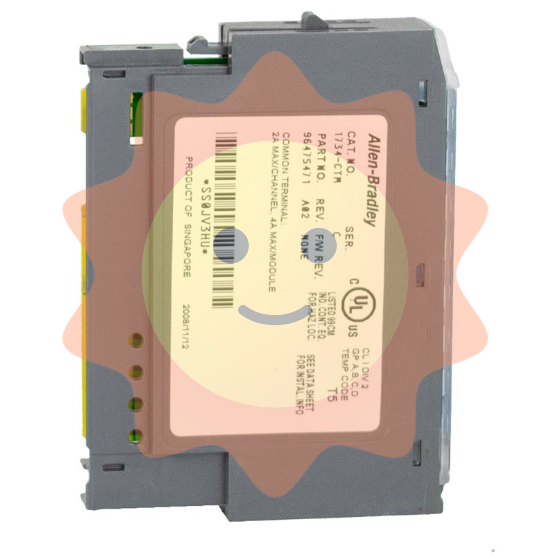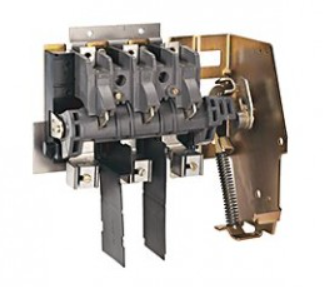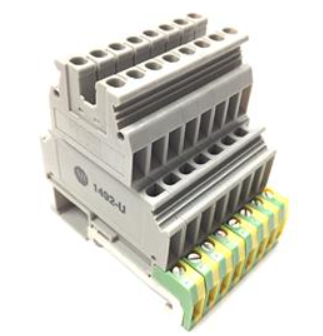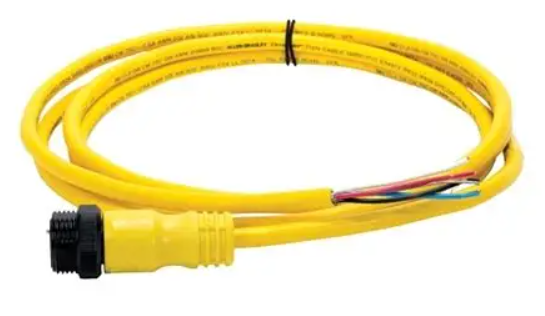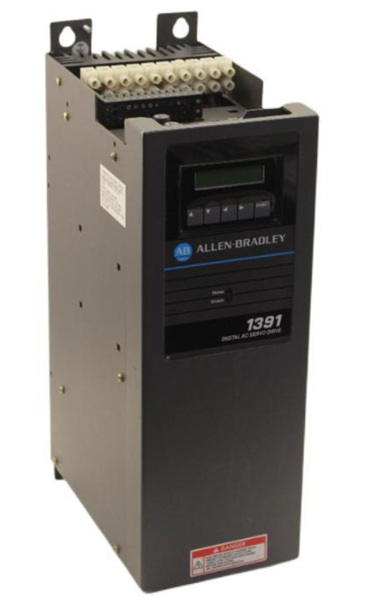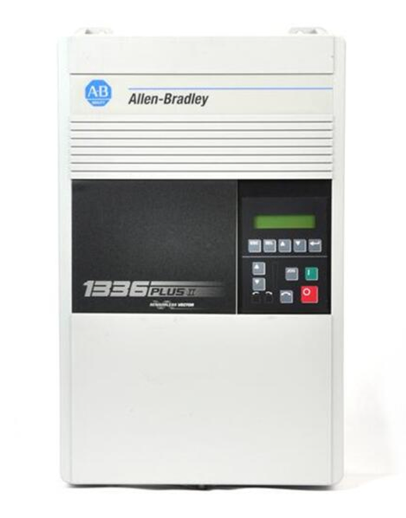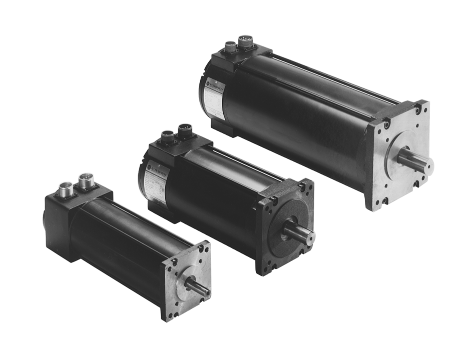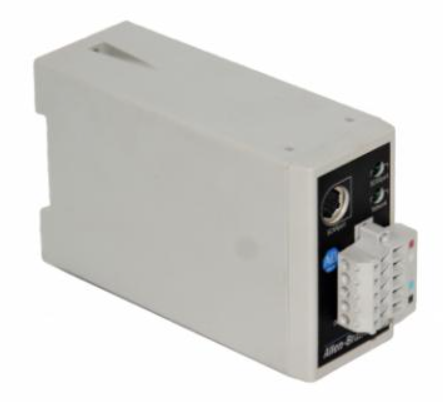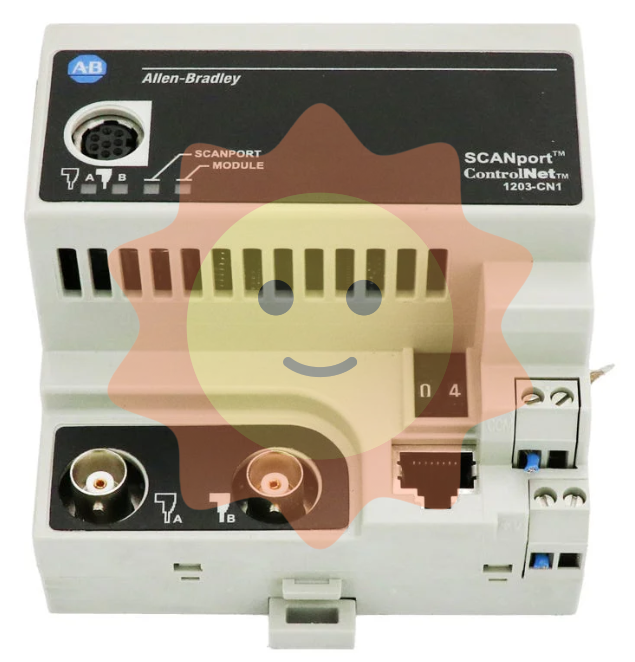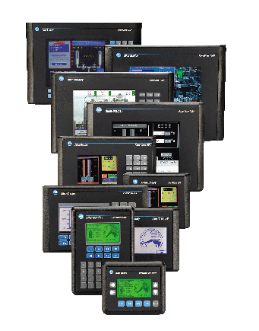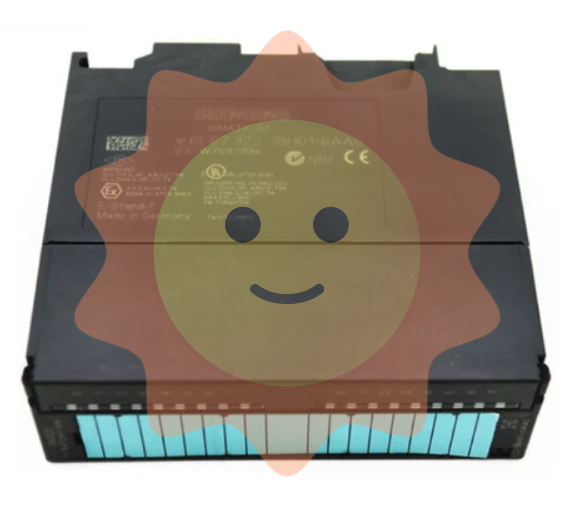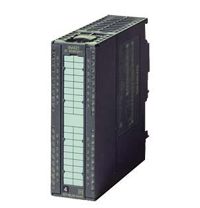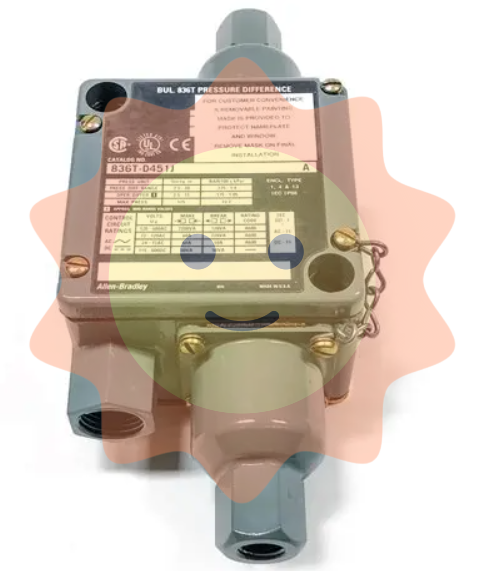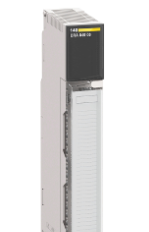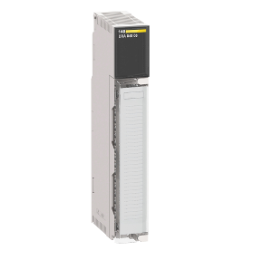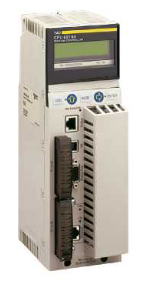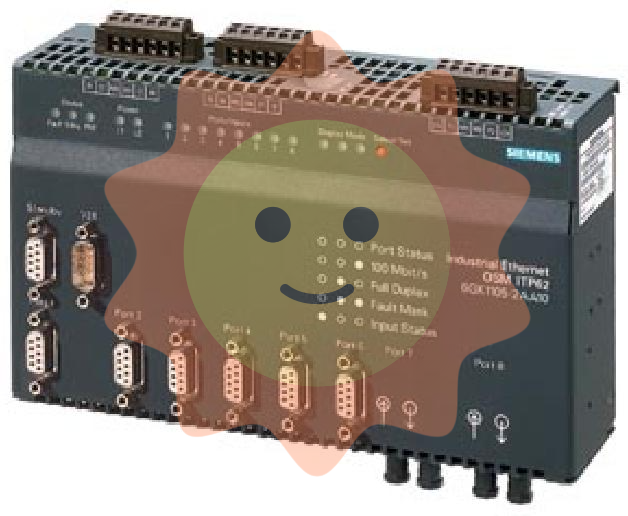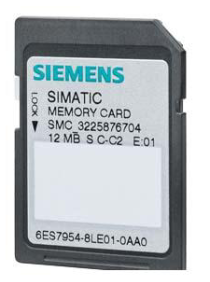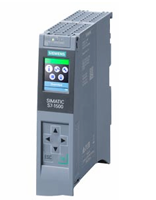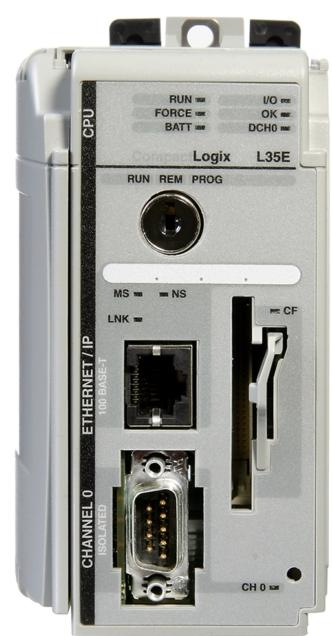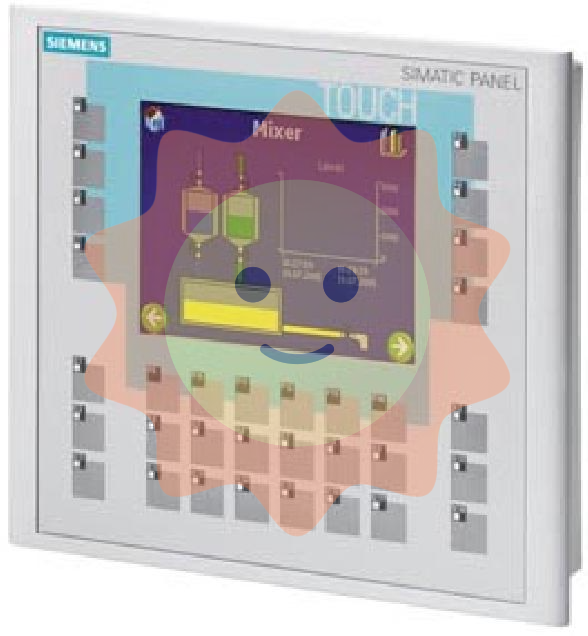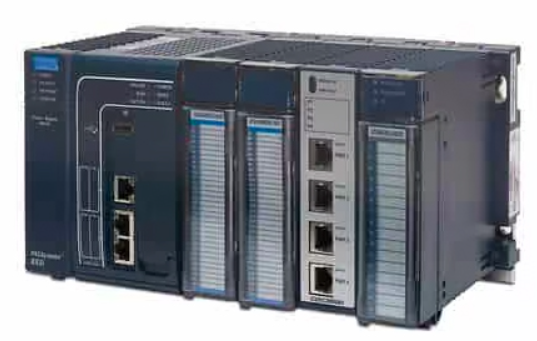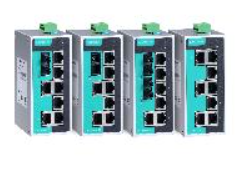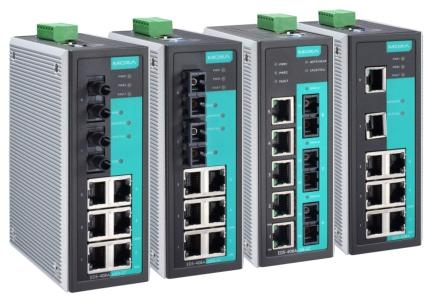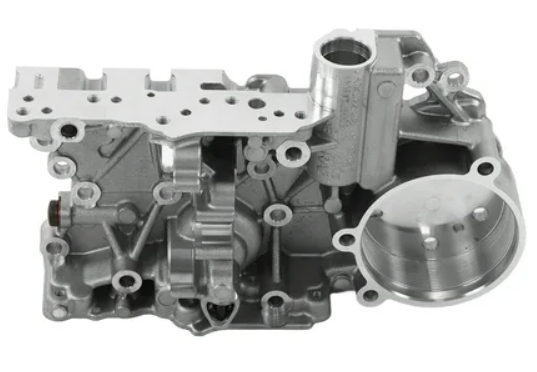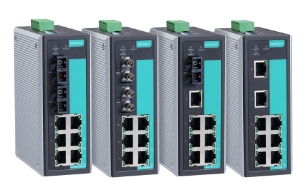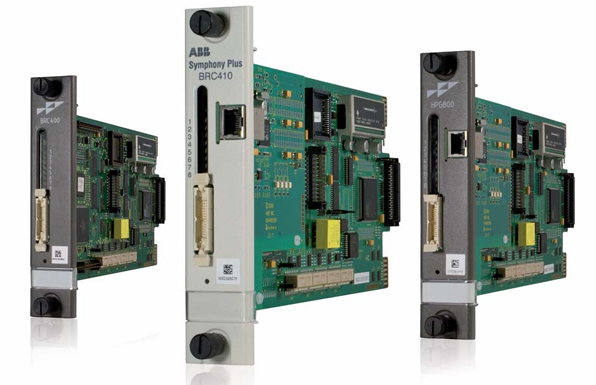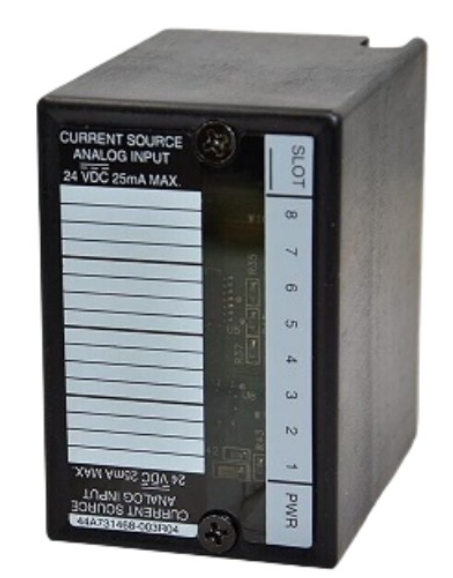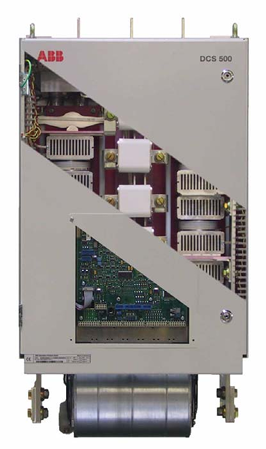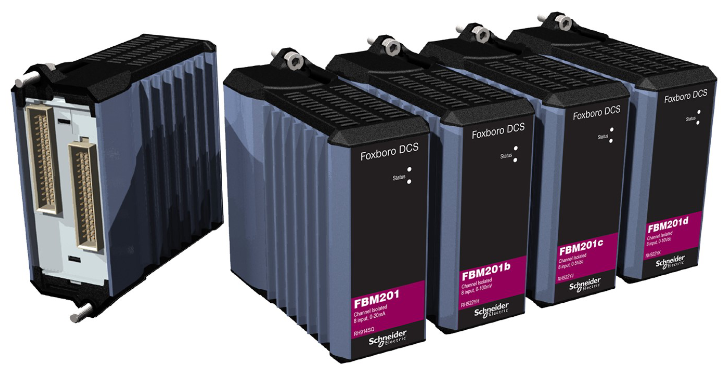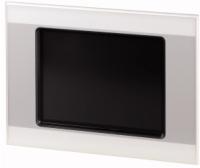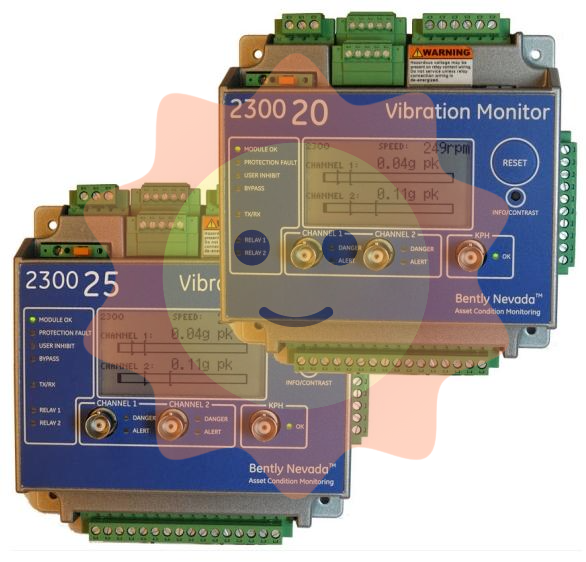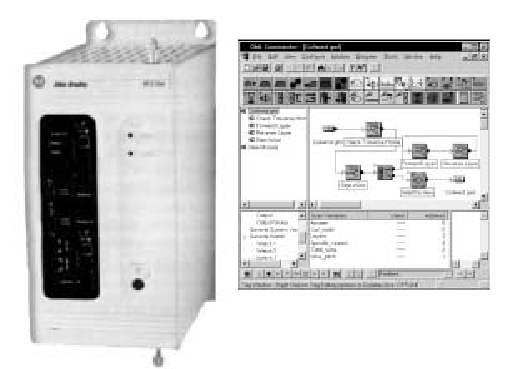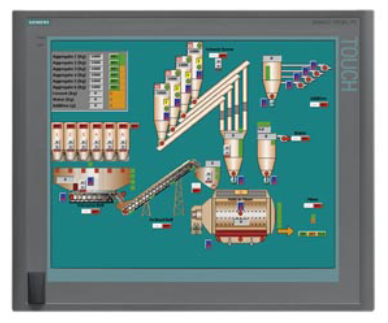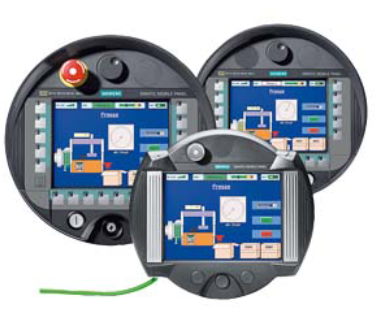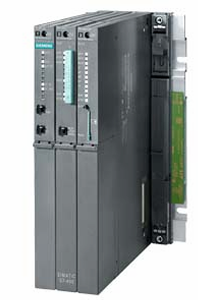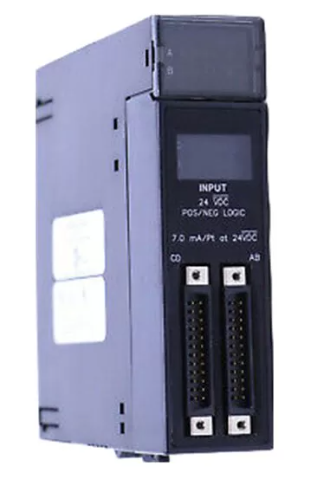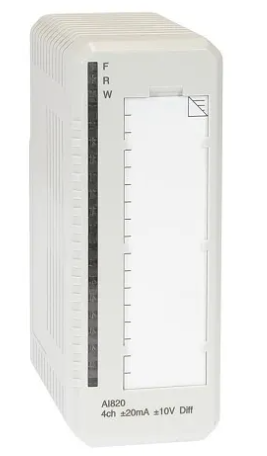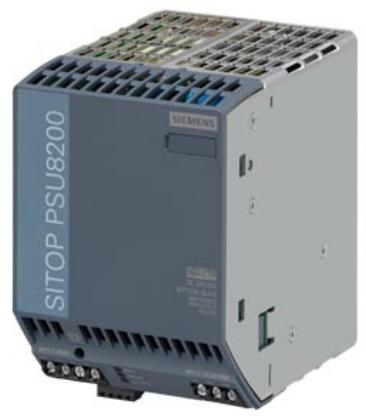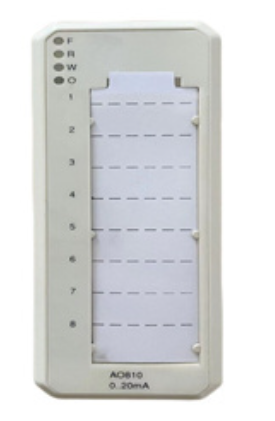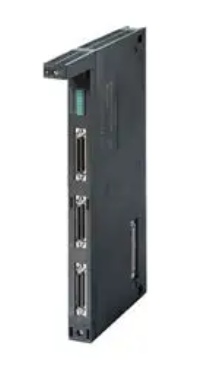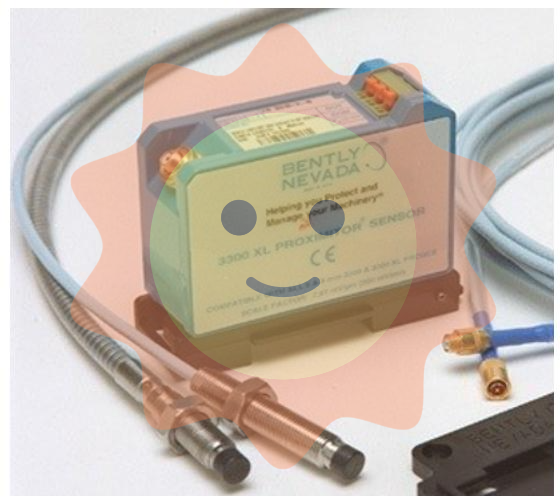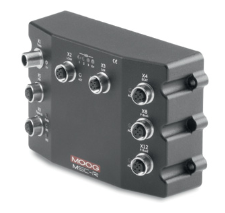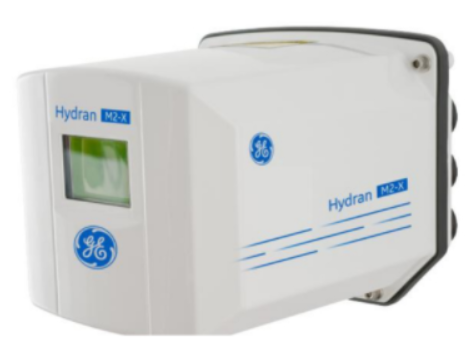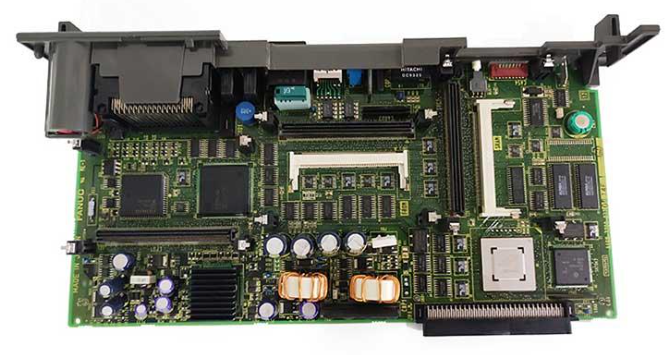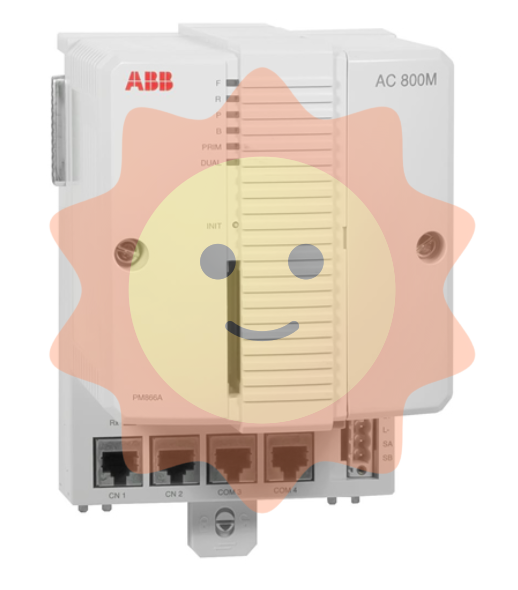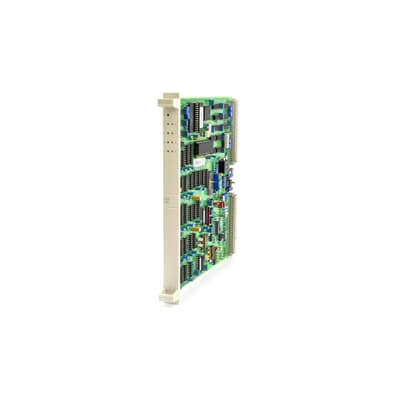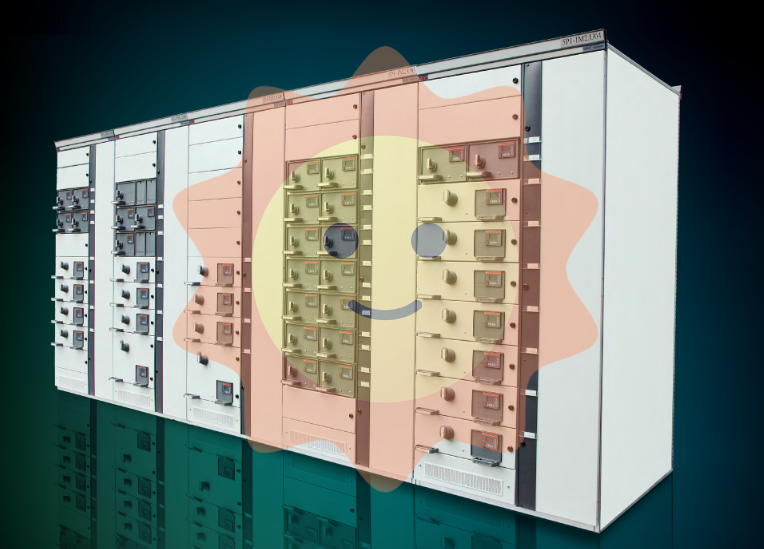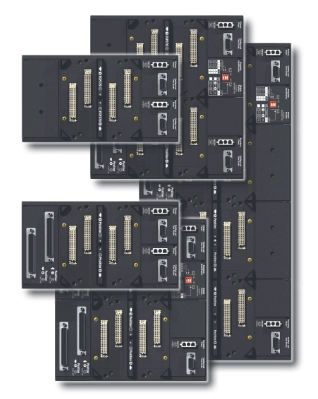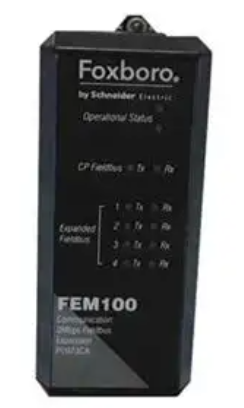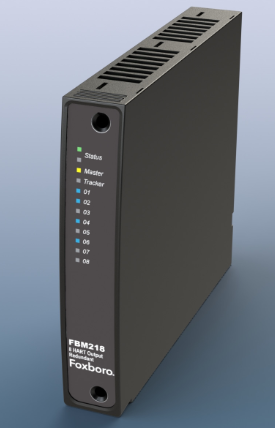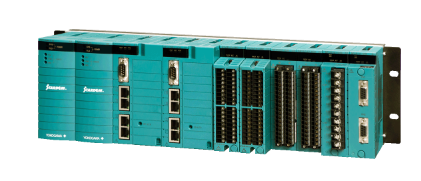GE IS215ISBBH1A Bypass Module
GE IS215ISBBH1A Bypass Module
Part Number IS215ISBBH1A Manufacturer General Electric Country of Manufacture As Per GE Manufacturing Policy Series Mark VI/VIe Function Module Availability In StockIS215ISBBH1A is an ISBB Bypass Module developed by General Electric under the Mark VI series. General Electric developed Mark VI system to manage steam and gas turbines. The Mark VI operates this through central management, using a Central Control module with either a 13- or 21-slot card rack connected to termination boards that bring in data from around the system, whereas the Mark VIe does it through distributed management (DCSdistributed control system) via control nodes placed throughout the system that follows central management direction. Both systems were designed to be compatible with integrated software such as the CIMPLICITY graphics platform. IS215ISBBH1A Features This component is housed in a rectangular enclosure with four inputs or outputs. Two of these are positioned on the bottom and two on the top of the unit. Two female jacks are put side by side on the top of the unit. 'Transmit Out' is labeled on one of these (P2). The other (P3) says 'Receive In.' An extra female jack (P1) labeled 'Full Duplex' and a two-position terminal strip (TB1) labeled 10 mA Max 24 V Dc is located on the unit's bottom. Openings on both the top and bottom of the unit allow for air circulation and heat dissipation. The module has two LED status indicators on the front. Receiver Active and Not Bypassed are the labels for this. The unit's rear is designed to allow the user mounting options. The unit's side has labels for each of the module connectors (top and bottom) as well as a chart to help troubleshoot problems with the front panel LEDs.
System UDH Communicator
In the domain of controller communications, the Unified Data Highway (UDH) stands as the crucial conduit facilitating data exchange among controllers within a networked environment. The UDH communicator, a pivotal element within this setup, is carefully chosen among controllers to administer the transmission of cabinet data throughout this network. This comprehensive data transmission encompasses a wide array of information, including crucial control signals represented by Ethernet Global Data (EGD) and essential alarms.
Each controller operating within this network maintains an autonomous and dedicated physical connection to the UDH. This setup ensures the seamless flow of information across the network, guaranteeing the propagation of control signals and critical alarm notifications among the interconnected controllers.
In situations where the integrity of the UDH is compromised, resulting in fractures within the network, certain controllers might find themselves isolated from the broader network of companion controllers. In such scenarios, a controller that has become detached assumes a critical role: it steps up to undertake the responsibilities of a UDH communicator for that fragmented network segment. This strategic maneuver ensures that even in the face of network segmentation, data transmission and essential communication continue within the isolated fragment, thereby preserving operational continuity.
While each cabinet can designate only one controller to assume the role of the primary communicator within the UDH network, the possibility exists for multiple UDH communicators to exist concurrently. Despite this potential multiplicity, it's imperative to highlight that the designated controller, vested with the primary responsibilities within the cabinet, inherently assumes the role of the UDH communicator. This inherent role signifies the pivotal responsibility and authority held by the designated controller, affirming its status as the primary communicator within the UDH network configuration.
Technical features
Programmability: Users can program and customise the module according to specific application requirements to achieve precise control of industrial processes and improve productivity and product quality.
Integration and compatibility: The module can be seamlessly integrated with other ABB products and solutions to form a unified automation platform. It also has excellent compatibility with other manufacturers' equipment and systems.
High performance and reliability: High-performance hardware and software are used to ensure stable operation and efficient control in industrial environments. With advanced fault detection and diagnostic functions, potential problems can be detected and dealt with in a timely manner, improving the reliability of the system.
Flexibility and expandability: with modular design, it can be flexibly configured and expanded according to actual needs. Whether it is a small or large project, it can be easily integrated into the existing automation system.
Easy to use and maintain: Provides an intuitive user interface and powerful diagnostic tools, enabling users to operate and maintain with ease.

- User name Member Level Quantity Specification Purchase Date
- Satisfaction :
-









Email:wang@kongjiangauto.com

